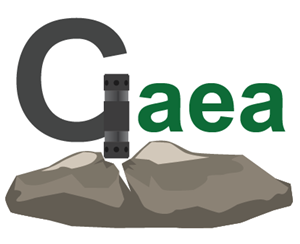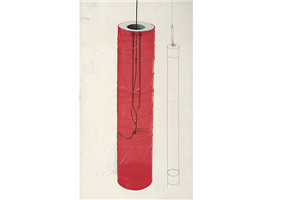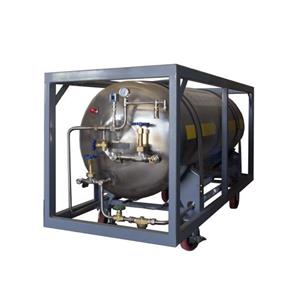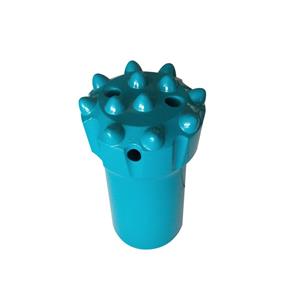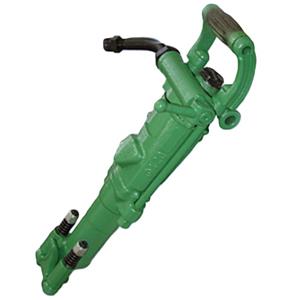15 safety rules for DTH drill rigs — read this and you can avoid 80% of the risks!
As a common drilling machine in construction, the safety of the DTH (down‑the‑hole) drill rig directly affects both productivity and personnel safety. To ensure stable operation and mitigate safety hazards, operators must strictly follow the safety procedures below, covering pre‑operation checks, in‑operation controls, and post‑operation maintenance.
I. Before operations — comprehensive checks to build a solid safety foundation Thorough pre‑operation inspections are the first line of defense against equipment failure and accidents. Check both equipment components and the working environment and only start the rig when no hazards are found.
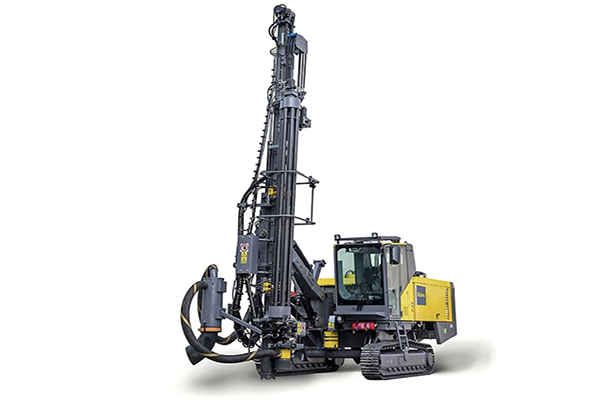
Site and basic function check: Verify the pneumatic motor rotates freely; if you detect stalling, rough running, or abnormal noises, lubricate or repair immediately. Clear the drill rig working area and travel path of stones, debris and obstacles. Assess ground bearing capacity and drivability to prevent skidding or bogging when moving the rig.
Core systems and components inspection: Inspect drill tools (bits, drill rods) for cracks or excessive wear; check the feed/ram winch wire rope tension and pulley block condition; confirm electrical connections are secure and there is no leakage risk; check the pressure/air system for stable pressure and any damaged or leaking hoses; confirm dust control equipment (e.g., dust extractor) is functioning. Only proceed after all items are verified normal.
Warm‑up and status observation: Start the dust extractor and observe for smooth operation. Run the drill on a test cycle and listen for even sound from the hammer; watch for abnormal vibration or sticking in moving parts. If any anomaly appears, shut down immediately, troubleshoot and fully resolve the fault — never operate with a known defect.
II. During operations — standardized procedures to tightly control hazards During drilling, strictly follow operating procedures, monitor equipment and working conditions in real time, and promptly handle emergencies to keep operations safe and efficient.
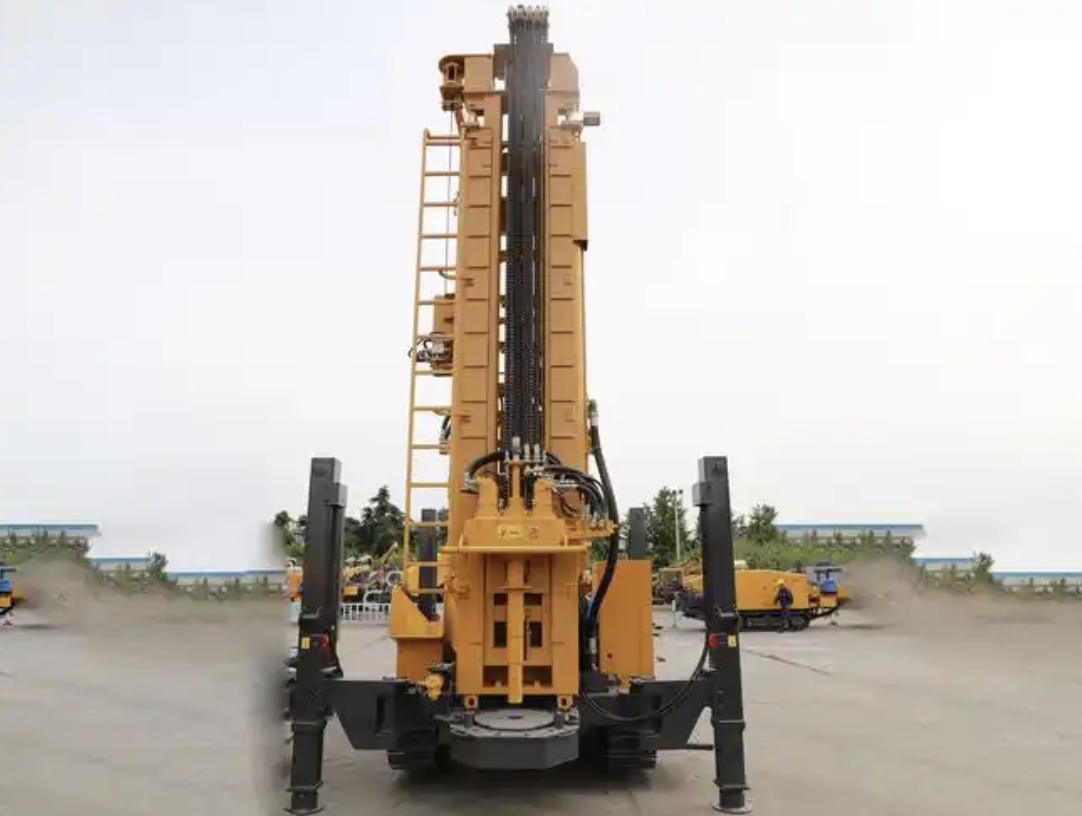
Dust control and cuttings discharge management: Supply adequate water at the start of drilling and use the dust extractor to reduce airborne dust and protect workers and the work environment. Closely observe cuttings discharge; when drilling downward, increase compressed‑air flushing intensity as needed. If cuttings evacuation is poor, consider pulling the tool up for a strong air blow to avoid clogging the drill string.
Operational prohibitions: Do not reverse the rotation of the motor or the rotary gearbox during drilling to avoid disengagement or mechanical failure. Before adding a drill rod, blow out the rod’s central bore with compressed air to prevent debris entering the hammer and shortening its life. Never use drill rods that are the wrong specification or severely worn; if a drill rod breaks in the hole, retrieve it using the proper tools — do not pull or yank it out forcibly.
Shutdown and bit maintenance requirements: For short stops, maintain a small flow of compressed air to prevent rock dust from entering the hammer. For longer shutdowns, lift the hammer 1–2 m off the hole bottom and secure it to prevent burial by cuttings or damage from hole pressure. Replace dull bits immediately; the replacement bit diameter must not exceed the original bit diameter to prevent hole size deviation or equipment overload.
Emergency handling:
If the drill string stops advancing but the hammer keeps cycling (jumping in place), immediately pull the hammer out of the hole and inspect the bit for damage or the drill rods for bending. Clear the fault before resuming.
If carbide inserts chip or fall out of the bit: small fragments can be blown out with compressed air; larger pieces should be retrieved with a rod smaller than the hole diameter by coating the retrieval end with clay or bitumen to adhere to the fragment and pull it out — avoid leaving debris lodged in the tool string.
If the tool becomes stuck, first reduce the feed force while increasing rotation and flushing to try to free it. If sticking is severe, stop the rig and use the appropriate tools to apply controlled torque and tension to loosen the string; then slowly lift while blowing air until the tool is cleared.
Pressure and lubrication control: Continuously monitor air‑line pressure during operations. If pressure falls below 0.35 MPa, stop and inspect the pneumatic system, locate leaks or pressure device faults, and resume only after pressure is restored. Also check lubrication of moving parts frequently; if lubrication points are low on oil, stop and replenish lubrication to prevent dry‑friction damage.
Rig relocation procedures: When moving the rig, first adjust the feed frame and boom angle to keep the machine body stable and avoid tipping from a shifted center of gravity. Move slowly, watch the surrounding environment, and avoid obstacles and hazardous areas to ensure safe relocation.
III. After operations — careful maintenance to protect equipment performance After completing work, perform maintenance and site cleanup to prepare for the next job and extend equipment life.
Move the rig to a level, safe area (away from slopes and standing water). Thoroughly clean dust and rock cuttings from the rig exterior. Inspect components for wear or damage and promptly replace any damaged parts. Fully lubricate mechanical moving parts, tidy hoses, cables and lines, shut down all power and air valves, and record equipment condition so the rig can be started normally at the next operation.
Adhering to these checks and operating rules will greatly reduce the likelihood of equipment failure and accidents, protecting both personnel and project progress.
